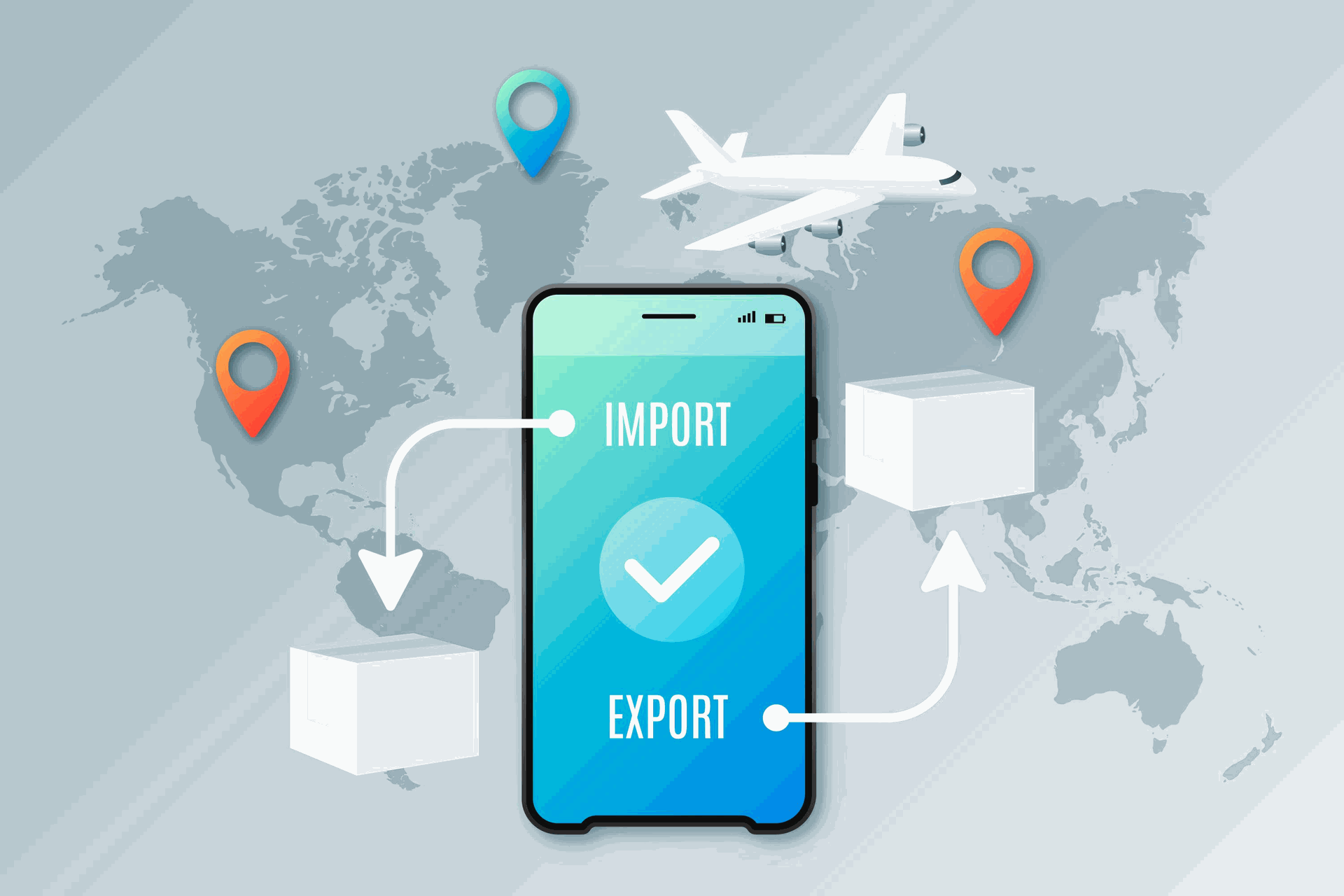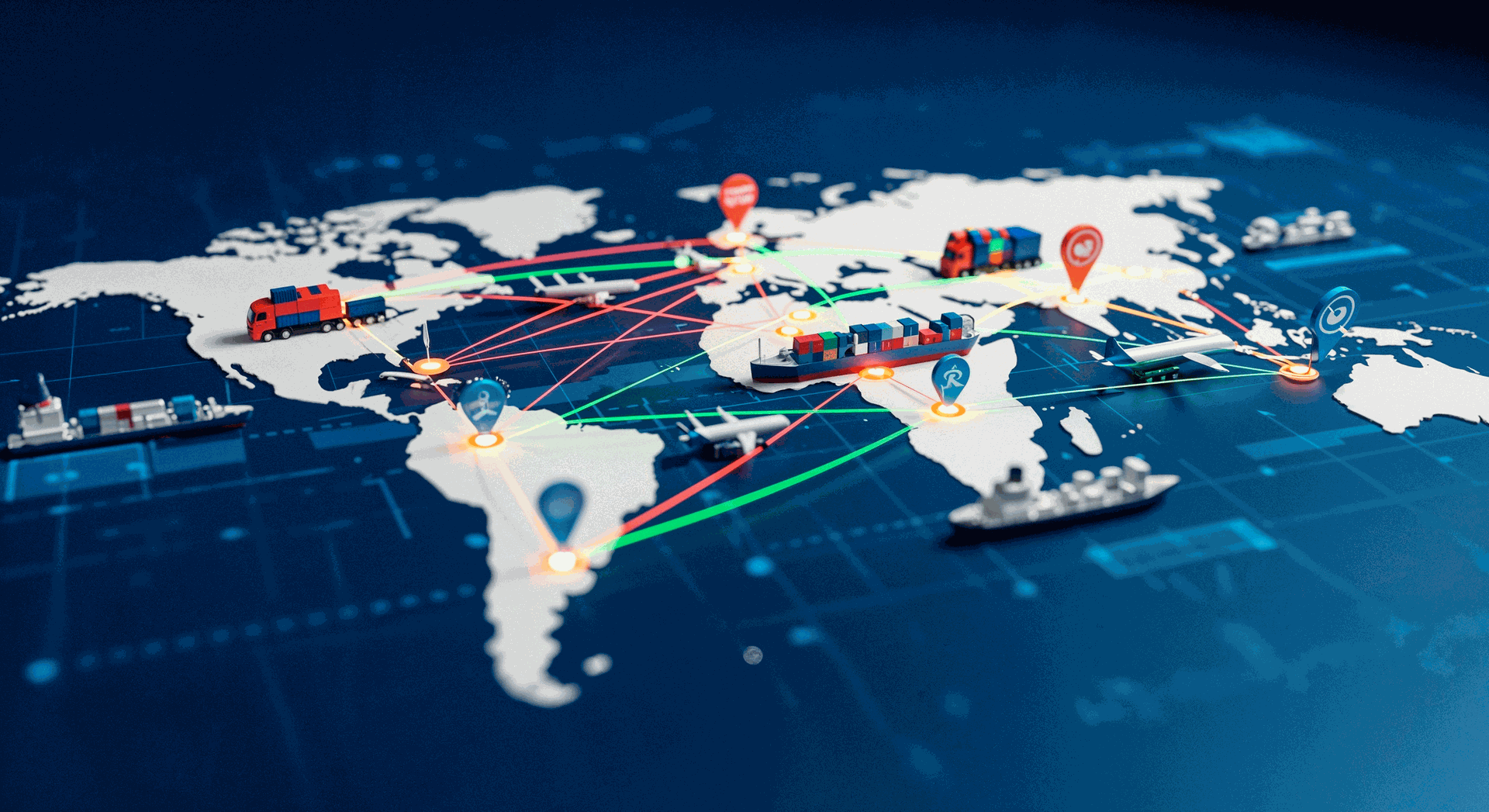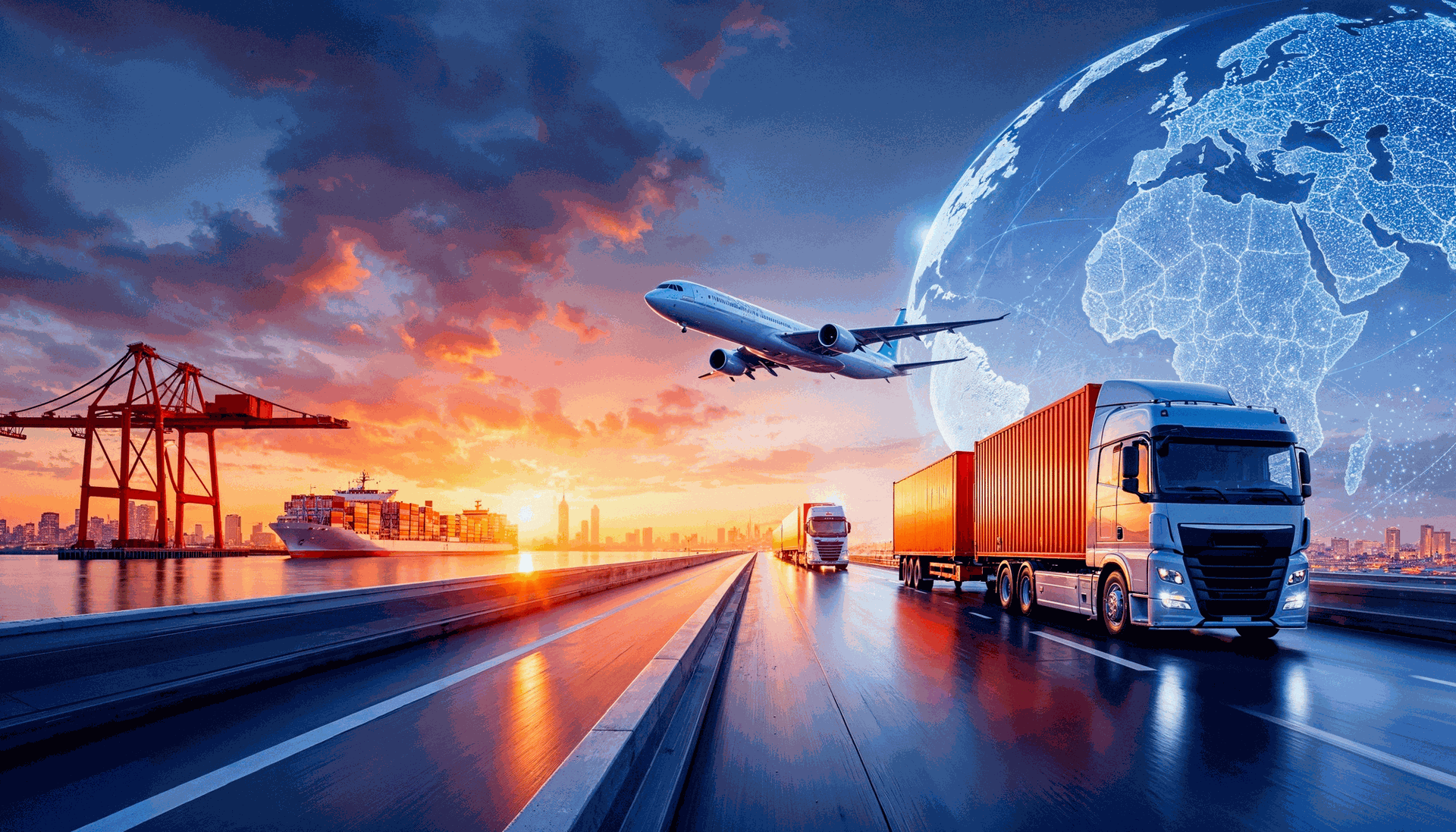The Vietnamese logistics sector is undergoing a powerful transformation in the digital era. As the demand for transportation, supply chain management, and e-commerce continues to surge, logistics enterprises are facing intense competitive pressure regarding speed, cost efficiency, and service quality.
In this context, technology has become the key for businesses to boost their competitive edge. Solutions such as AI (Artificial Intelligence), ERP (Enterprise Resource Planning) systems, CRM (Customer Relationship Management), and FMS (Freight Management Systems) not only help to automate processes and reduce manual errors, but also provide a comprehensive data overview. This allows managers to make faster, more accurate, and more strategic decisions.
Particularly, as Vietnam moves toward the goal of Green Logistics and sustainable development, the application of technology is not just about maximizing efficiency; it also demonstrates the company's social responsibility and ESG (Environmental, Social, and Governance) orientation. When applied correctly, technology is the "lever" that enables logistics businesses to break through, adapt, and lead in the 5.0 era.
1. The competitive landscape of Vietnamese logistics enterprises
Vietnam currently has over 30,000 enterprises operating in the logistics sector, but the majority are SMEs (Small and Medium-sized Enterprises) with limited operational scale and inconsistent adoption of technology. Many entities still rely on manual management using Excel spreadsheets, phone calls, or email, resulting in fragmented data and untimely information updates. As the market rapidly changes, businesses relying on manual operations are vulnerable to becoming passive, leading to slow order processing, increased costs, and difficulty in ensuring a satisfactory customer experience.
Furthermore, the strong presence of foreign corporations, leveraging their advantages in capital and technology, is creating significant competitive pressure. Without rapid digital transformation, domestic logistics enterprises risk being left behind in their own market.
2. Applying technology to innovate the Logistics industry

Technology is becoming the decisive factor for competitiveness in the modern logistics industry. From warehouse management and transportation coordination to customer service and fuel cost optimization, every operation can be automated and optimized using digital technology.
Artificial Intelligence (AI) and Machine Learning (ML) are being widely applied to forecast shipping demand, optimize delivery routes, and automate customer service. AI helps businesses reduce operational costs, avoid empty runs ("empty mileage"), and increase data processing accuracy. A smart system can predict seasonal volume fluctuations, propose optimal transportation plans, or detect early risks of bottlenecks in the supply chain.
In parallel, ERP (Enterprise Resource Planning) helps businesses synchronize all activities, from accounting, warehousing, sales, to human resources—on a single platform. When this system is integrated with AI, businesses can cut down on manual operations by up to 60% and double their operational efficiency compared to traditional models.
Another pillar is IoT (Internet of Things)—technology that enables businesses to remotely monitor goods and vehicles. Sensors attached to trucks, containers, or cold storage facilities constantly transmit data on temperature, humidity, and location, giving managers precise insights into the goods' condition. By combining IoT with Big Data analytics, businesses can detect anomalies early, predict equipment maintenance needs, and enhance customer reliability.
Finally, Blockchain is essential, as it helps transparently digitize the entire supply chain. Every transaction, document, or shipping information is stored and verified, ensuring data security and traceability. For import-export businesses, Blockchain is becoming a crucial element for building credibility with international partners.
3. The benefits technology brings to Logistics businesses

Technology significantly helps Vietnamese logistics businesses increase productivity and substantially reduce operating costs. An automated process can shorten order processing time from several hours to just a few minutes, while also drastically minimizing manual data entry errors.
Furthermore, technology facilitates faster and more accurate decision-making thanks to continuously updated data. Managers can monitor transportation status, costs, inventory, and on-time delivery rates with just a few clicks, instead of waiting for consolidated end-of-month reports.
Most importantly, it enhances the customer experience. In the digital age, customers demand complete transparency regarding their orders: they want to track the route, know the exact time of arrival (ETA), and have the ability to provide instant online feedback. A smart Logistics CRM system helps businesses not only retain existing customers but also expand their new customer base through more professional service delivery.
4. Challenges on the digital transformation journey

Despite the clear benefits, many logistics companies are hesitant to invest in technology due to high initial costs, a lack of tech-savvy human resources, and concerns about changing old processes. In reality, digital transformation does not necessarily have to start with billion-VND projects. Businesses can absolutely implement it step-by-step: digitizing small processes, training employees to familiarize themselves with new tools, and then gradually scaling up to ERP or AI systems.
Another crucial factor is leadership mindset. Digital transformation is not just about installing software; it is about changing how a business operates, makes decisions, and interacts with customers. When leadership places technology at the core of their long-term strategy, digital transformation truly becomes a sustainable growth driver.
5. Sota FMS – A specialized logistics operations management solution
In this journey, Sota FMS is considered one of the pioneering solutions helping Vietnamese logistics businesses modernize their operational processes. An ERP system like Sota FMS integrates AI within a single platform, enabling businesses to automate the entire process chain from order reception and documentation management to delivery tracking and revenue reporting.
Sota FMS’s strength lies in its ability to connect real-time data and synchronize data on a single platform, allowing managers to control all activities through an intuitive interface. This system not only helps save time and costs but also supports businesses in achieving ESG and Net Zero criteria through energy optimization, paperwork reduction, and the elimination of manual processing steps.
6. Conclusion
Enhancing competitive capacity with technology is not just a short-term goal, but a long-term vision for Vietnamese businesses to build a green, smart, and sustainable logistics foundation. When technology is used correctly, it not only helps businesses increase profitability but also contributes to building a "green digital infrastructure" that is foundational for economic, social, and environmental growth.
In the context of the world rapidly shifting towards Industry 5.0, logistics businesses proactively adopting technology will be the key to unlocking a sustainable competitive advantage. And that journey can begin today with smart, strategic steps tailored to the capacity of each enterprise.